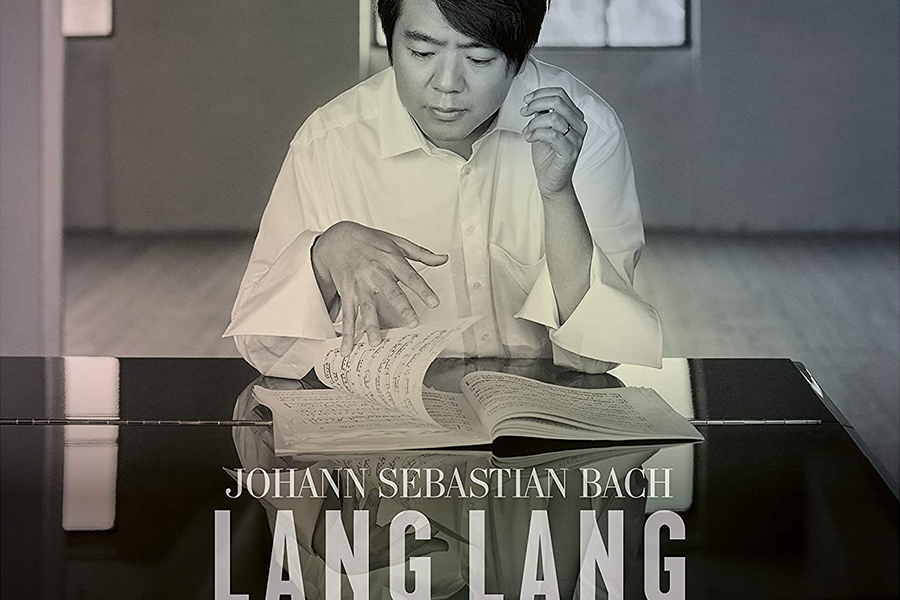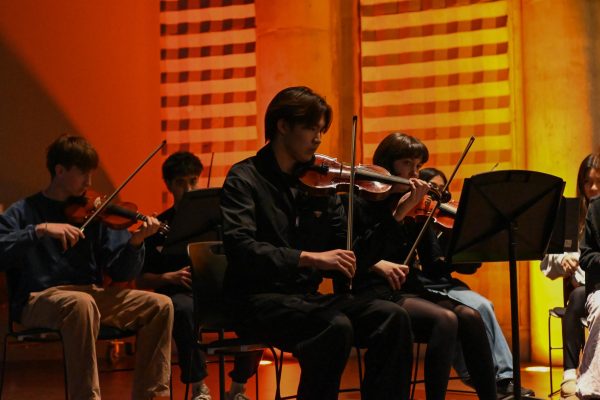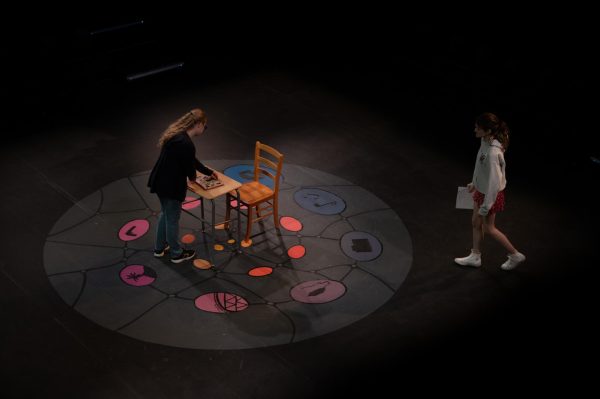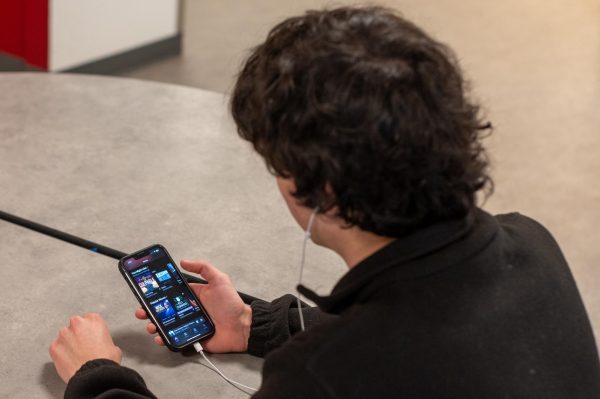Lang Lang’s interpretative sense falters on ‘Goldberg Variations’
Deutsche Grammophon
Lang Lang recently recorded J. S. Bach’s legendary set of variations for Johann Gottlieb Goldberg, the Goldberg Variations.
Lang Lang opens his 90-minute recording of Bach’s mammoth solo keyboard work, the “Goldberg Variations,” with the famous lyrical Aria, but it begins to languish and fall flat. Its tranquil opening line, dotted with ornaments and a softly-falling left hand, is stretched to an extreme tempo and his emotional playing sounds too contrived.
Mr. Lang’s recording, released in September 2020 on Deutsche Grammophon, is overly dramatized and romanticized, breaking away from the baroque elements of the music. He tries too hard to play the music of Bach and satisfy its ethereal quality, making the music sound superficial at times.
The “Goldberg Variations” holds a special place in the classical music canon, regarded as an emotionally transformative work and an architectural masterpiece for its precise 32-variation structure. The work also holds incredible significance partly due to the iconic 1955 recording by Canadian pianist Glenn Gould, a revelatory recording which others are measured against. For a pianist who normally plays the towering romantic concertos of Tchaikovsky and Rachmaninoff, this is a surprising venture for Mr. Lang into the world of baroque music, which emphasizes structure and precision. After playing this piece for 20 years and a career-halting injury, Mr. Lang finally felt that this was the time to perform this mighty work publicly.
The first variation with its deep, grumbling bass notes and high melody are played extremely harshly, feeling like a punch in the stomach. The polyphonic texture (music with two or more independent voices) is expressed forcefully and unconnected, as though Mr. Lang is just beginning to learn how to play with two simultaneous melodies.
Mr. Lang’s strange musical taste only becomes more apparent as the piece goes on where in Variation 3 he plays with uneven rhythms and unsettling rubato, speeding up and slowing down at a queasy pace. The tragic, despairing 25th variation takes Mr. Lang a full 10 minutes, much longer than the 6 to 7 minutes most pianists take. The slower tempo obfuscates the central structure and it becomes a confusing array of notes, erasing the sense of purpose in the music.
However, Mr. Lang’s virtuoso technique and capabilities are on better display in the faster variations like Variation 10 and 26. His fingers glide along the keys in dexterous clarity, bringing out the different moving lines with ease. The faster variations are all in better taste than their slower counterparts, showcasing Mr. Lang’s smooth lyricism and ability to construct larger phrases.
Mr. Lang no doubt has the ability to play this music, but his playing is too romantic and far removed from the composer’s intentions. He tries too hard to make the music sound passionate, so the music ends up sounding superficial. Perhaps Mr. Lang tried too much to cater to sensationalist tastes.


























































Chris J • Dec 8, 2021 at 9:37 pm
Review articles like this makes me laugh so hard these days, pure snobby ignorance, the real disease of classical music. I wonder what people in 100 years view these reviews, must be a laughingstock.
Susan Shapiro • Apr 7, 2021 at 10:17 am
Thank you, Louis, for this outstanding and accurate review. Never a huge fan of Lang Lang, I think you are quite right. He likes drama too much. His affected techniques betray a superficiality that he cannot seem to escape. Bravo to the Midway for encouraging this kind of review!!